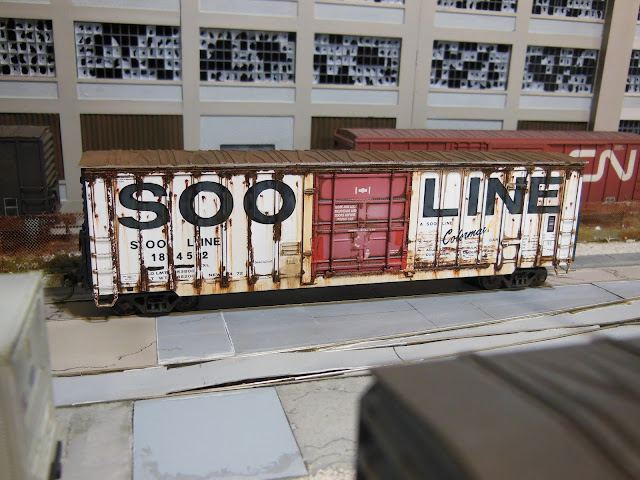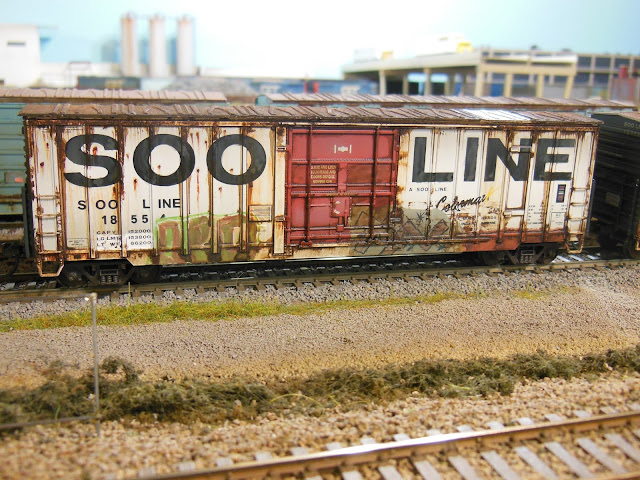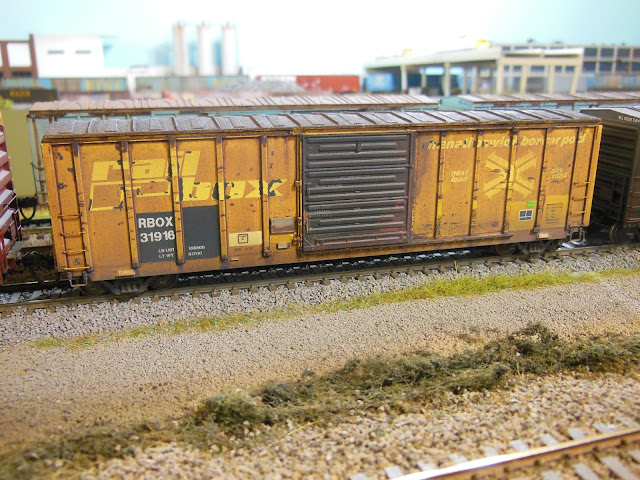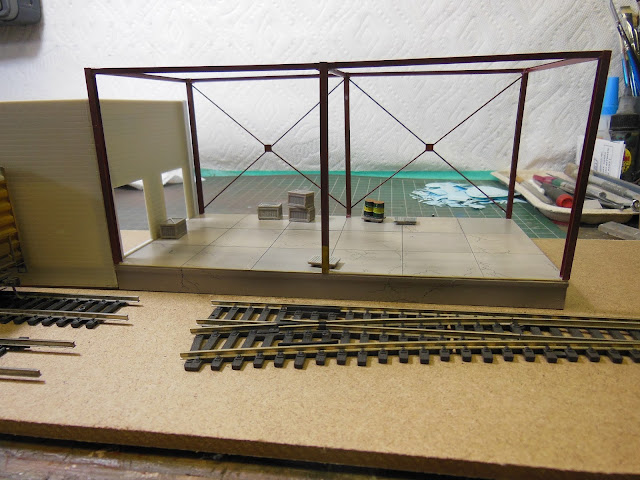Back in September of this year, I posted about modeling an exterior post auto parts boxcar that I'd been working on, but wasn't finished at that time. Hopefully this link to my September post will work if you wish to have a quick look at that.
https://jssxrailway.blogspot.com/2020/09/more-8-door-boxcar-progress.html
I've finally just finished up this 86 footer a week ago, so here it is.
An Athearn car, this one has sort of been 20 years in the making for me. This, along with two similar Southern Pacific cars, were inspired by an article written by Mike Budde and published in September 2000 in Railway Modeler magazine.
Here's a few looks at the completed boxcar...
From what I've read, the SSW had 30 of these 86 footers. Modifications include adding the exterior posts, remnants of the roofwalks that were removed from these cars, and I replaced the stirrup steps with wire ones.
My original plan for the "COTTON BELT" lettering was to paint over a Microscale decal set, but that wasn't really working out too well for me, so Sean Steele had these done for me. All of the other decals, including the grey stripes, were from Microscale sets. The stripes, as expected, were far and away the most difficult and time consuming part of the project.This is most of the paper backing from the decals that I cut. From past experience I knew I wouldn't be able to get the grey stripes to settle down over all those ribs and posts correctly in one piece, so I cut them into short pieces. Lots of short pieces.Here's SSW 65003 coupled with my pair of similar Southern Pacific cars that I've modeled previously.



















































